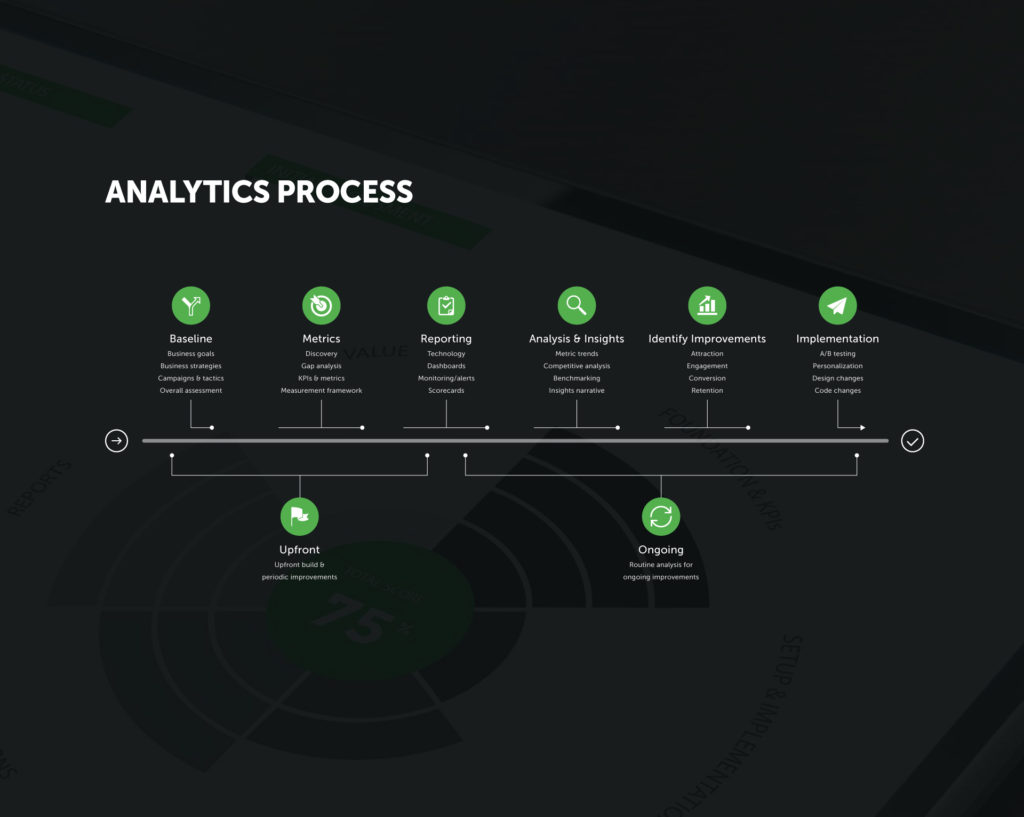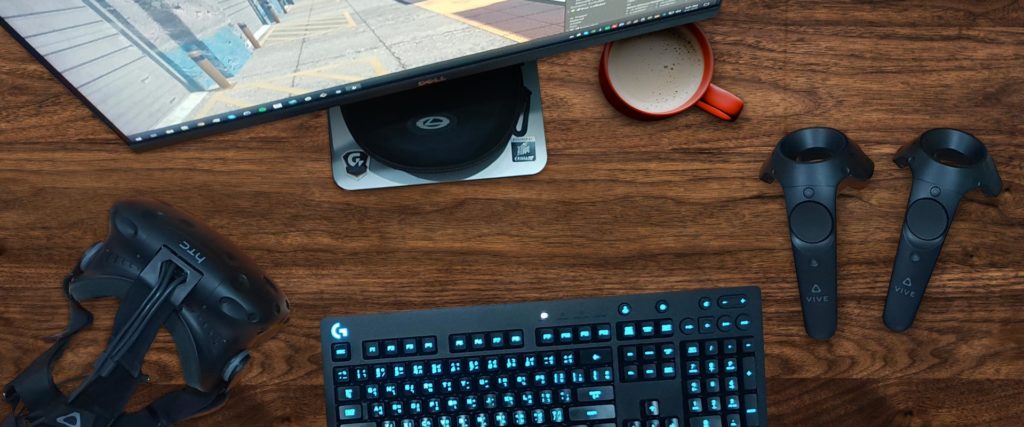Article
What is Edge Computing?

Edge computing allows data generated by internet of things (IoT) devices be processed at a closer location instead of sending it far away to clouds or data centers.
Processing this data closer to the “edge” of the network allows it to be done in real-time. This is important for any industry that processes tons of data, including technology, retail, healthcare, manufacturing, and finance.
What Is Edge Computing?
Edge computing can be described as a network of micro data centers that process important and immediate data locally and then send all or a portion of the data to the cloud or centralized data center. People usually refer to edge computing when talking about ways to use IoT devices, which will often need massive amounts of data processed in real time. This is usually done by transferring the data to a device close by that has computer, storage, and network connection housed in a small form factor. The device processes the data at the edge and then sends all received data to either a data center, cloud, or storage repository.
From the Cloud to the Edge
The digital cloud was first brought into the mainstream a few years ago, and after some initial confusion about exactly what it is, it has been extremely popular with the vast majority of tech users. It enabled information to be stored and processed on remote servers, which meant our devices could offer services beyond their technical capabilities. Using the cloud, a device with only a few gigabytes of memory can effectively host an infinite amount of data. As time has gone by, though, the cloud has started to impede certain technologies, especially IoT.
IoT is simply too broad and large in scale for a cloud service to be a practical means of computer processing. The data being sent by an IoT system over Wi-Fi or cellular would slow down the entire network. Not only that, but IoT devices aren’t guaranteed to always be within range of an internet connection. So without access to the central cloud, devices could be pretty much useless.
This is where edge computing comes in. Rather than removing data storage and processing from devices, edge computing pushes the data closer to them, improving cost and performance and making the devices more independent. This doesn’t completely eliminate the need for a cloud, but it can reduce the amount of data that needs to be sent to the cloud.
Edge computing allows for cloud-like functionality on our own devices or at the network “edge,” which is a term used to describe the point where a device or network communicates with the internet. That could be a device’s processor, a router, an ISP, or a local edge server. Instead of sending data to a remote server, data is processed as close to the device as possible or even on the device itself.
An Example of Edge Computing for Autonomous Driving
Let’s say you have an autonomous car with a rearview camera used for accident prevention. Relying on a cloud computing system to process the image data and return results to the onboard systems for action would be impractical since the slow/intermittent data connection would result in poor performance. This setup would also use a lot of data for transferring large video files back and forth from the cloud, and it would strain the cloud server to process data from several cameras at once and send back critical results almost instantaneously. But if the car’s computing system can perform most of the process itself and send information to the cloud only when truly necessary, it results in faster and more reliable performance, lower costs for data transfer, and less strain put on cloud servers.
Wrap Up
We hope this post has given you a basic idea of what edge computing is and how it’ll be used in the future. We’re excited about the opportunities ahead for edge computing and believe understanding how it works is the first step in using it to improve our businesses and daily lives.









